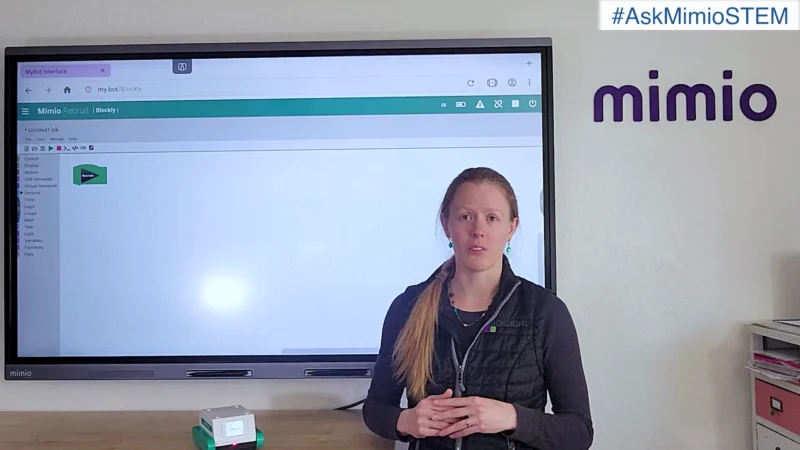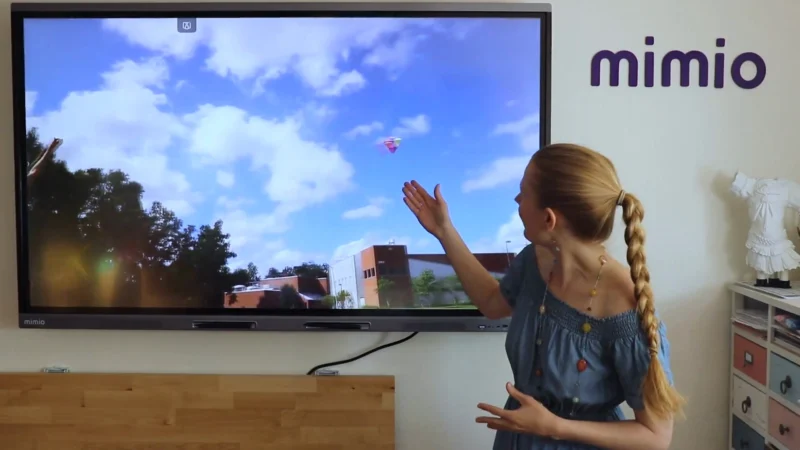Interactive Learning and Inclusion: Transforming Learning Through Reward Systems, AR and VR
In today’s educational landscape, the integration of interactive technologies like gamification, virtual reality (VR), and augmented reality (AR) is transforming classrooms, creating immersive and engaging learning experiences. Advancements in interactive learning methods and technologies are being discussed due to their growing impact on educational outcomes, with research showing that gamified learning can increase student engagement and retention. The stakes are high as educators strive to prepare students for a technology-driven future.
How can teachers effectively use these interactive technologies to foster inclusion and enhance learning in the classroom?
Welcome to the latest episode of Unbox Innovation by Boxlight. In this episode, host Amy Chodroff speaks to Christine Hall, a Training and Development Specialist at Boxlight, about the innovative use of interactive technologies in education. They explore how gamification, VR, and AR can make learning more engaging and inclusive.
Key Points of Discussion:
– Gamification in Education: Christine explains how incorporating game-like elements such as reward systems, storytelling, and role-playing can transform traditional rote learning into dynamic and memorable experiences.
– Virtual Reality (VR) and Augmented Reality (AR): The conversation covers the differences between VR and AR, their applications in the classroom, and how they can provide immersive learning experiences that go beyond the limits of traditional teaching methods.
– Challenges and Future Trends: Christine addresses potential downsides, such as the risk of students focusing too much on rewards, and discusses the future of interactive learning methods and technologies, envisioning more adaptable and lighter tools that could revolutionize education.
With a background in teaching first and fourth grades and experience working in a Google School District, Christine has dedicated her career to integrating technology into education. She holds a degree from the University of Michigan-Dearborn, where she discovered the potential of using technology to make learning more engaging and fun.
Article written by MarketScale.




